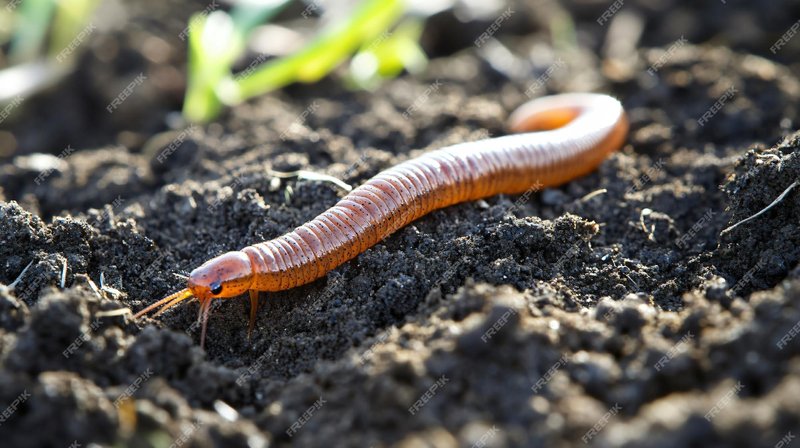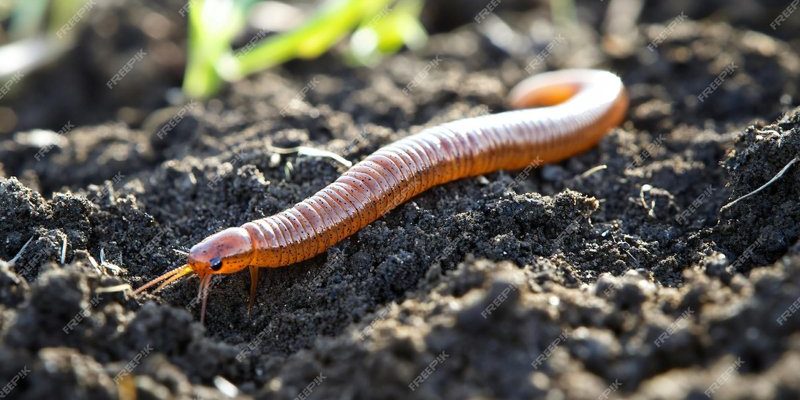
Wetlands and riparian zones are special places where land meets water, like marshes, swamps, and riverbanks. Here, earthworms do some heavy lifting. They help improve soil quality, enhance water filtration, and boost plant growth—all while making it look easy. Let’s dive a bit deeper into their role, behaviors, and why they’re so important.
What Are Wetlands and Riparian Zones?
Let’s break this down. Wetlands are areas that are, well, wet—think swamps, marshes, and bogs. They store water and are teeming with unique plants and animals. Riparian zones, on the other hand, are the borders along rivers and streams. They serve as crucial buffers between the land and water, helping to filter pollutants and provide habitat.
Both zones are vital for biodiversity. They create a home for countless species, from birds and fish to insects and mammals. Earthworms thrive in these environments because the moist conditions are perfect for their survival. The richer the soil, thanks to organic matter, the happier the earthworms are.
Imagine being in a place where the soil is like a nutrient-packed smoothie for these squiggly creatures. That’s what these zones provide! Earthworms dig tunnels that allow air, water, and nutrients to flow freely, promoting plant health and ecosystem balance.
The Role of Earthworms in Soil Health
Earthworms are nature’s little groundbreakers. Literally! They consume organic matter like fallen leaves and decaying plants. As they munch away, they break this down, creating something called **vermicompost**—which is just a fancy term for the nutrient-rich byproduct of their digestion.
This compost is packed with nutrients that plants adore. When earthworms burrow through the soil, they aerate it, helping water and nutrients reach plant roots more efficiently. Without these soil superheroes, our plant friends would struggle to thrive.
Furthermore, earthworm activity helps with soil structure. Their tunneling creates channels, improving drainage and reducing erosion. In wetlands, where water can often stagnate, this is especially important. Healthy, aerated soil allows water to filter through, helping maintain a balanced ecosystem.
Earthworms and Water Quality
You might be surprised to hear that earthworms can actually help improve water quality. They ingest soil and organic matter, breaking it down and releasing nutrients back into the soil. This process can help filter out pollutants before water reaches rivers and streams.
Think of it like a natural water filter. Earthworms consume harmful substances and transform them into harmless byproducts through their biological processes. As a result, the surrounding soil becomes more productive and cleaner, benefiting aquatic plants and animals.
In riparian zones, where the land meets water, this filtering effect is crucial. It prevents harmful runoff from entering waterways, which can often lead to problems like algae blooms. Essentially, earthworms help keep our water clean and fresh by enhancing the soil’s ability to filter pollutants.
How Earthworms Affect Biodiversity
Earthworms have a significant impact on biodiversity. Their presence boosts soil health and plant growth, creating rich habitats for various species. This creates a thriving community of life, from insects to birds.
Healthy soil fosters a diverse range of plants, which in turn supports a variety of animal species. If you think about it, earthworms are like the unsung heroes behind a well-balanced ecosystem. More plants mean more food sources for herbivores, which then supports predators.
In wetlands and riparian areas, this interconnectedness is vital. For example, birds that nest in these areas rely on the plants for shelter and food. By maintaining soil health and nutrient availability, earthworms indirectly ensure these birds and many others can thrive.
Challenges to Earthworm Populations
While earthworms are incredibly beneficial, they face a number of challenges, especially in wetland and riparian areas. Changes in land use, pollution, and climate change can negatively impact their populations.
For instance, urban development can lead to habitat destruction. When wetlands are drained or filled in for construction, earthworm habitats disappear. Additionally, the use of chemicals in agriculture can contaminate their environments, making survival difficult.
Climate change poses another threat. Changes in temperature and precipitation can drastically alter the ecosystems earthworms rely on. Wetlands can become too dry or too flooded, both of which are harmful to earthworm populations. If we don’t pay attention to these factors, we risk losing a vital part of our ecosystem.
Conservation Efforts for Earthworms
Conserving earthworm populations and their habitats is essential for maintaining healthy ecosystems. There are various efforts underway to protect wetlands and riparian zones, encouraging biodiversity and earthworm well-being.
One way to support conservation is through habitat restoration. This involves restoring degraded wetlands and riparian areas by reintroducing native plants and minimizing pollution. Healthy plant communities support earthworms and enhance the overall ecosystem.
Public awareness is crucial too. Educating people on the importance of earthworms can foster a deeper appreciation. Community-driven initiatives, such as clean-up days for local waterways, can help protect these vital organisms and their habitats.
Lastly, minimizing chemical use in agriculture and promoting organic farming practices can lead to healthier soil. When these practices are adopted, not only do earthworms thrive, but so does the entire ecosystem.
Earthworms may be small, but their impact on wetlands and riparian zones is enormous. They play a significant role in soil health, water quality, and biodiversity, helping create balanced ecosystems. As we navigate the challenges of a changing world, it’s essential to recognize and protect these remarkable creatures.
So next time you spot an earthworm, take a moment to appreciate the hard work it does beneath the surface. These squiggly friends are doing their part to keep our environment thriving, and they deserve our support. Let’s commit to protecting the habitats they call home, ensuring these important ecosystems remain healthy for generations to come.

